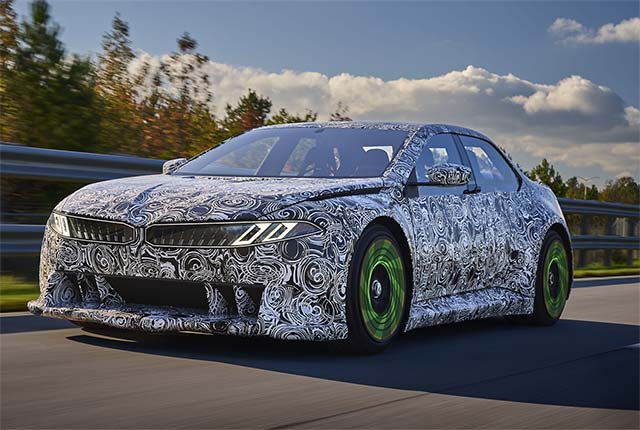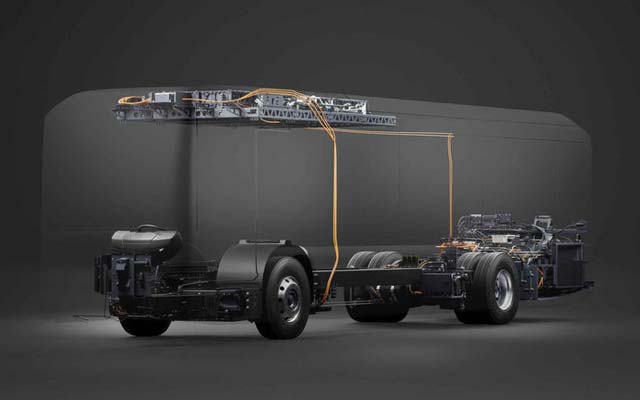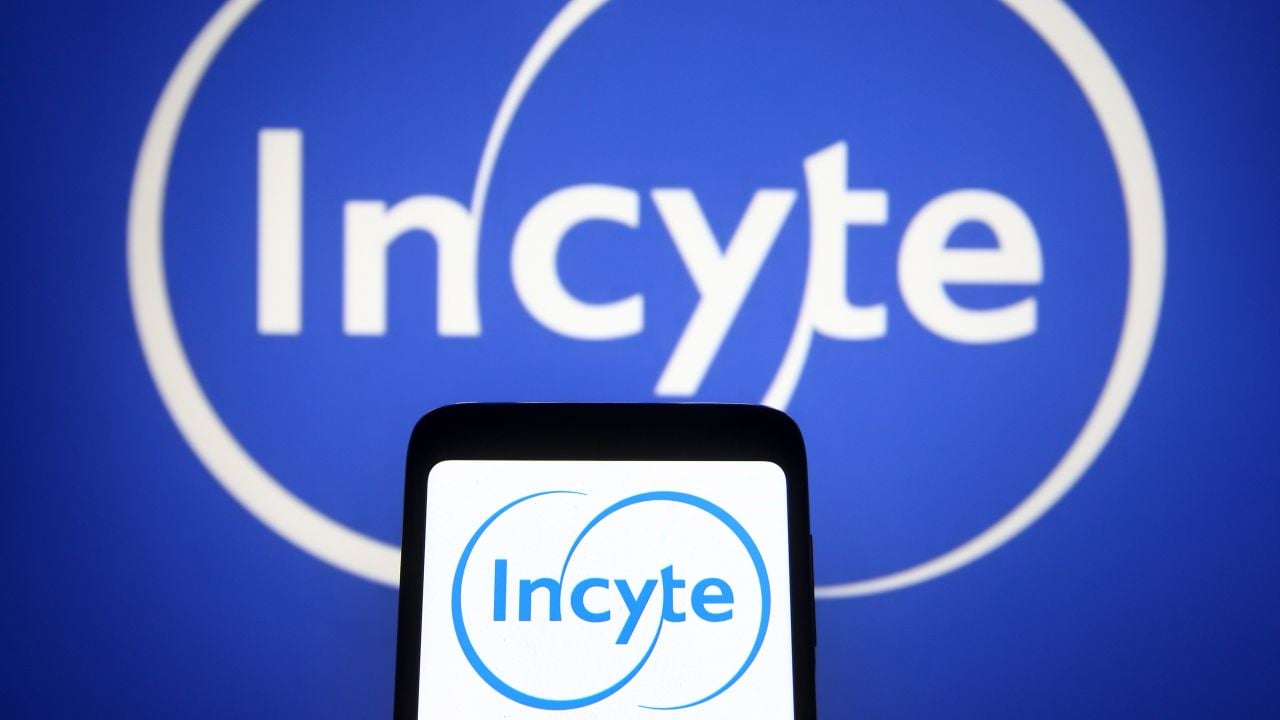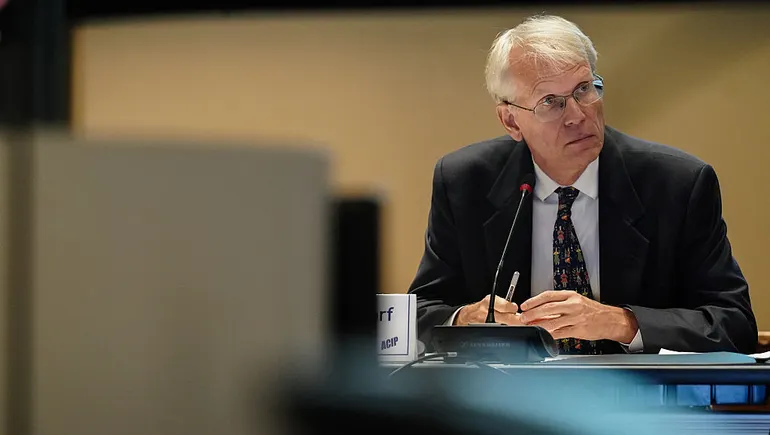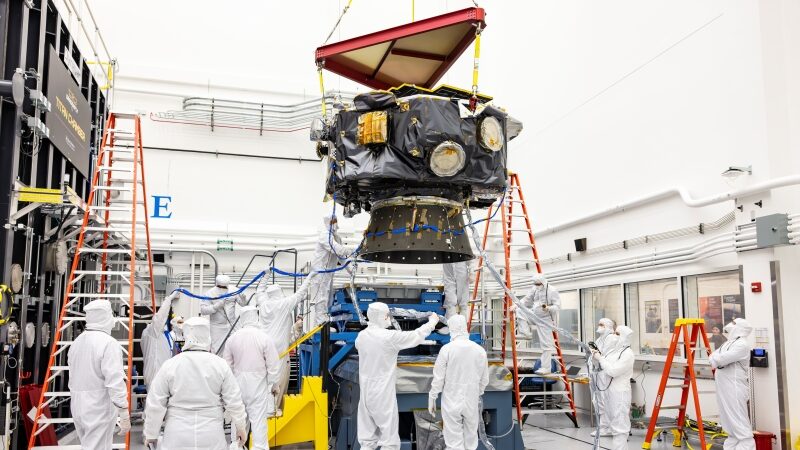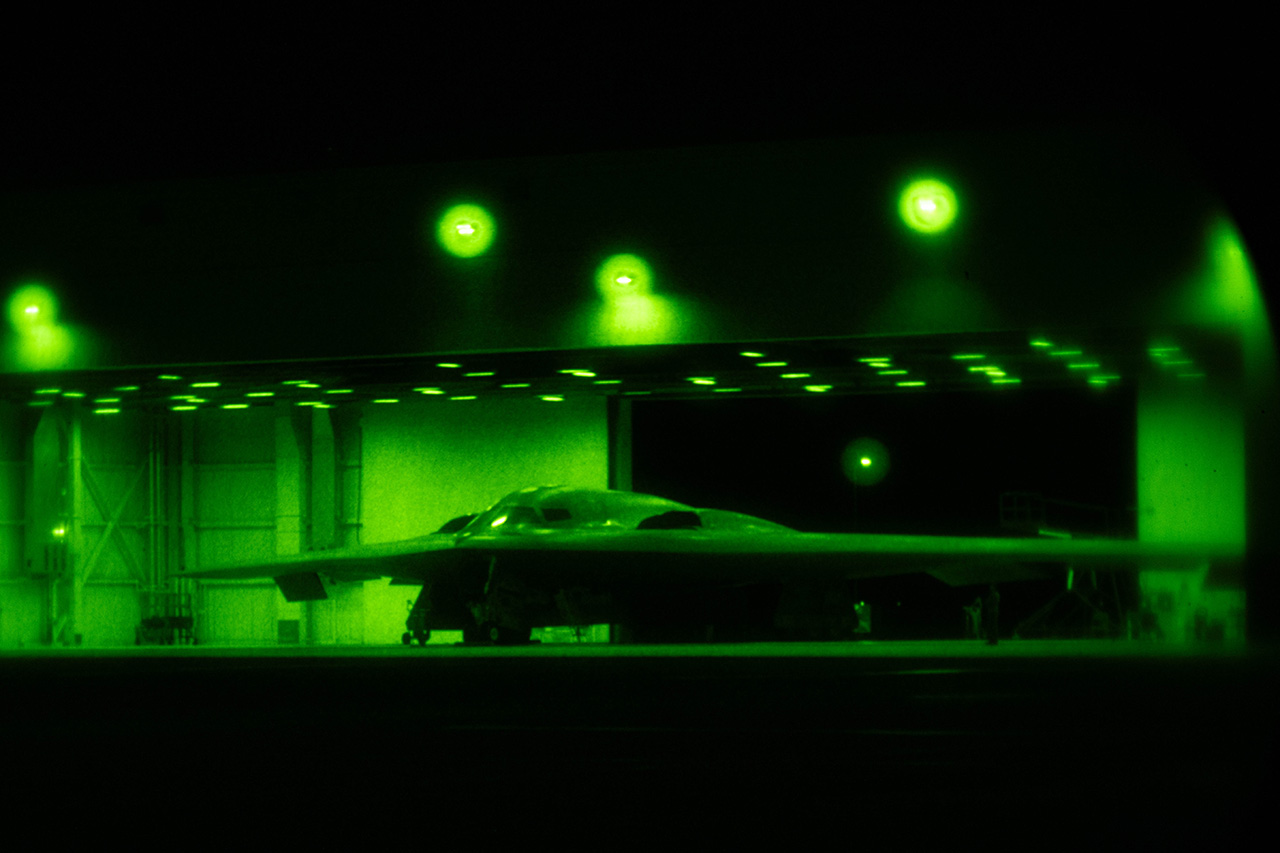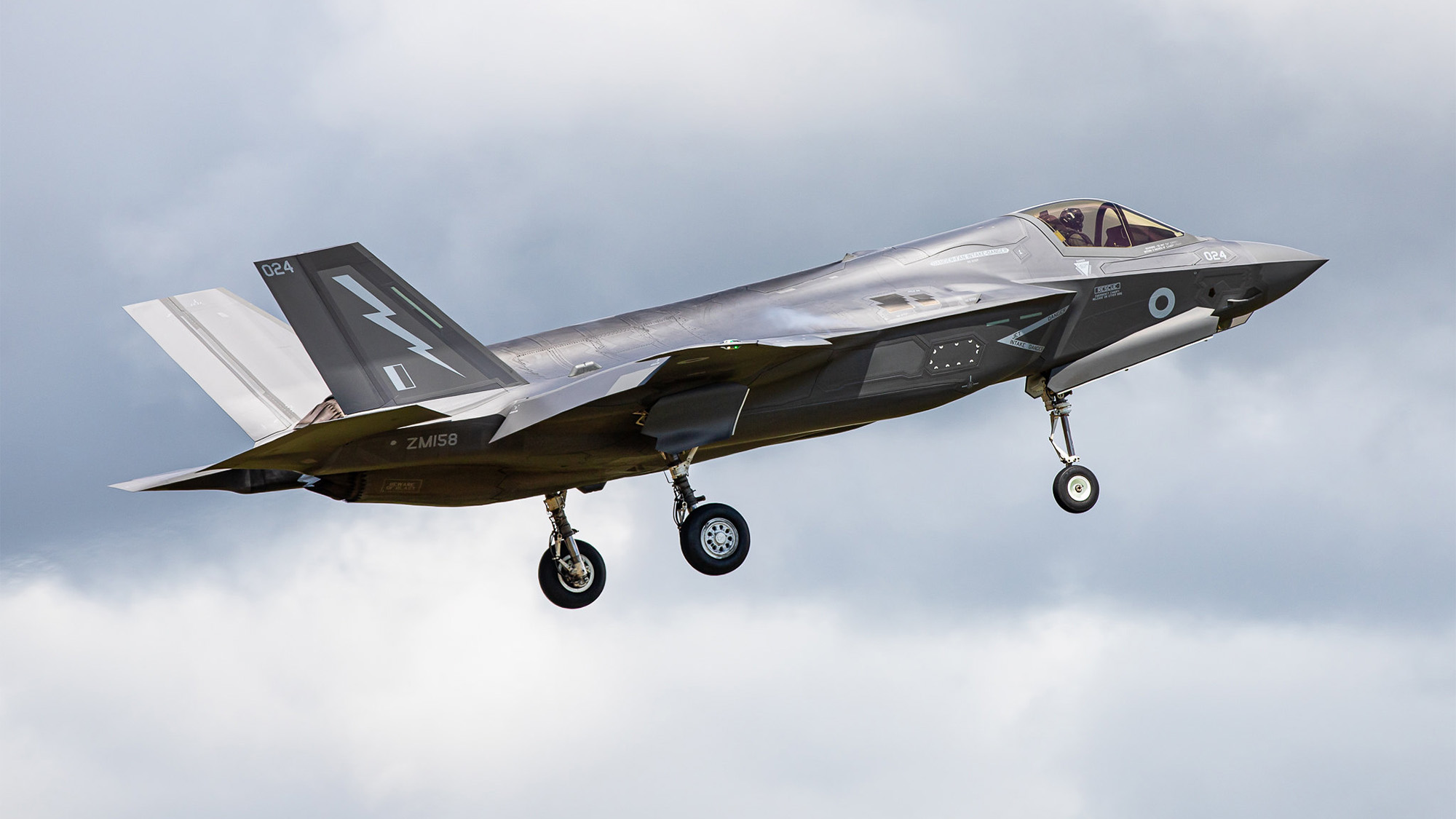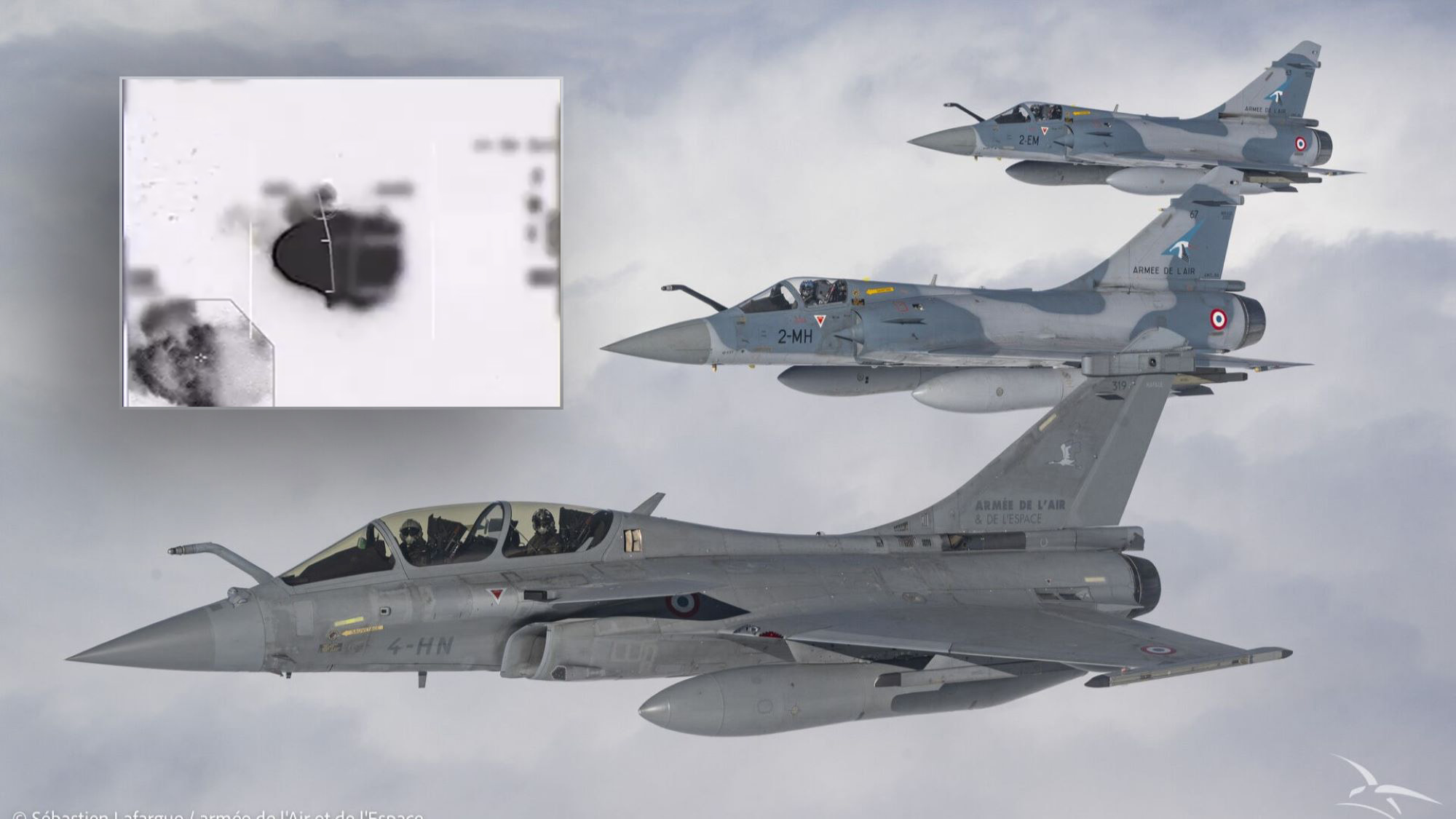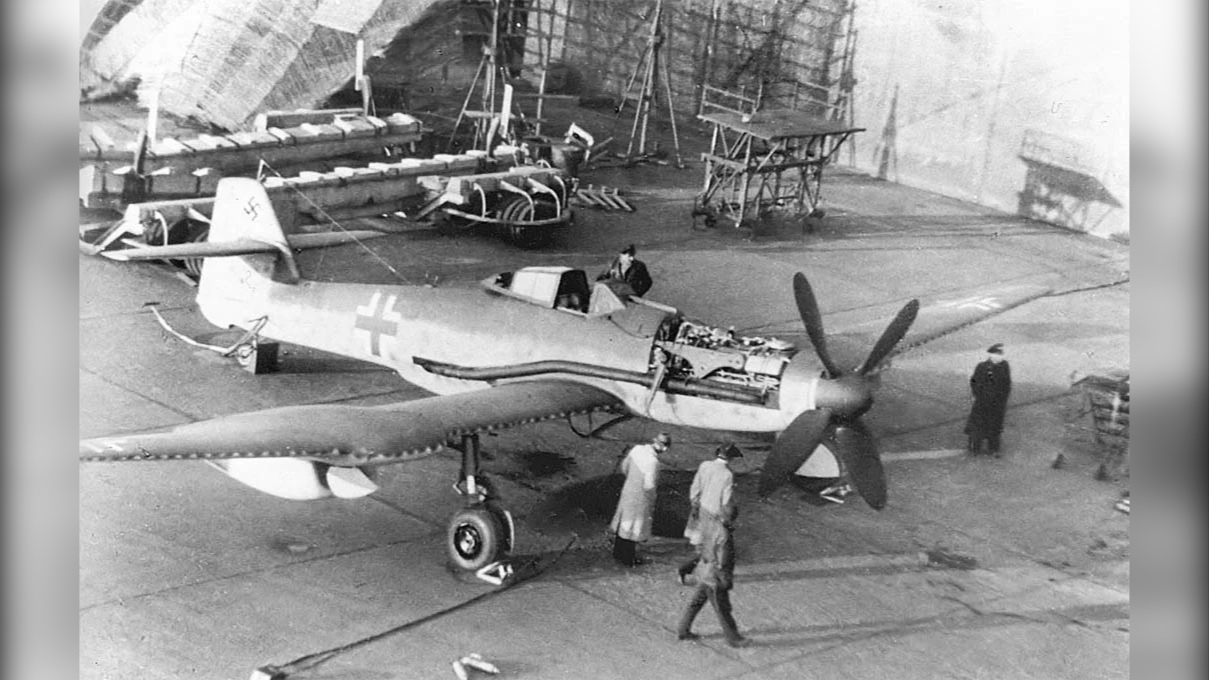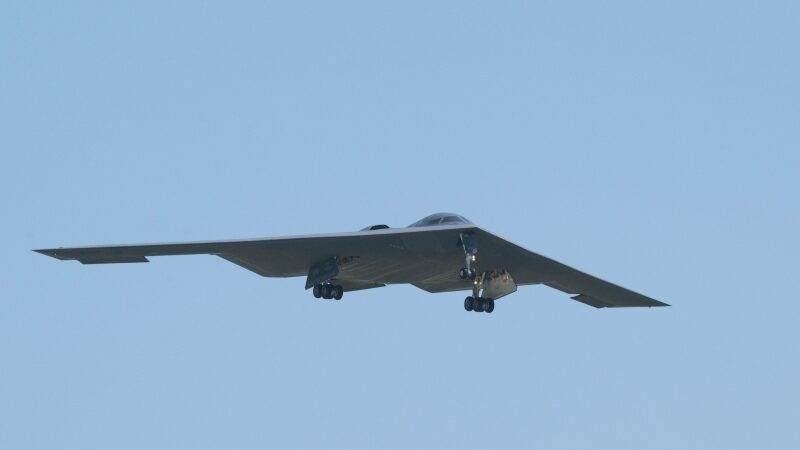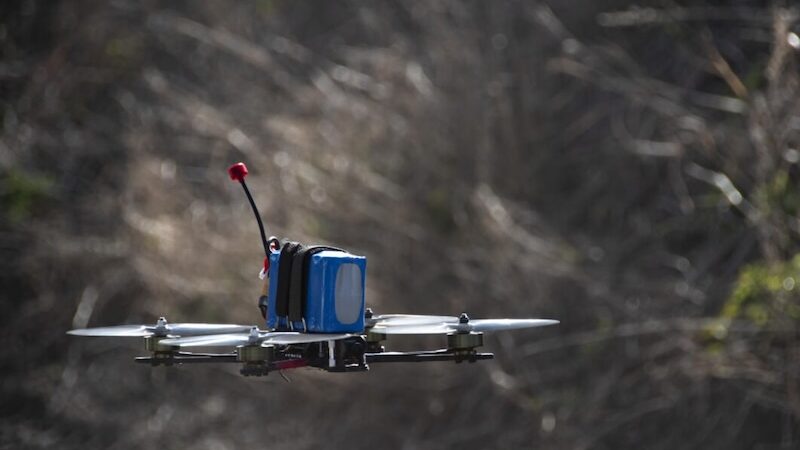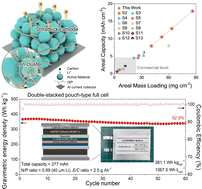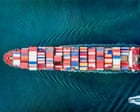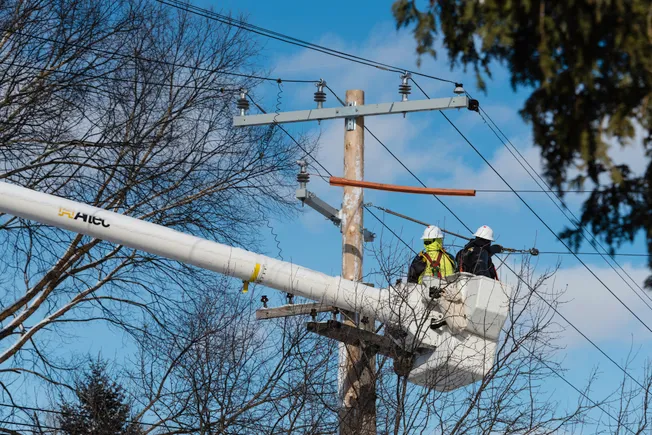AI, digital twin technologies can help streamline supply chains, expert says
Digital twins and AI computer vision technologies are reshaping the logistics and supply chain landscape. The post AI, digital twin technologies can help streamline supply chains, expert says appeared first on FreightWaves.

The global supply chain is undergoing a significant transformation, marked by tariffs, rising trade restrictions and evolving technologies.
An emerging method for trade stakeholders to improve efficiency and respond to almost any disruption is through combining AI computer vision and digital twin technologies, Erez Agmoni, co-founder and general partner at Interwoven Ventures, said.
A digital twin is a virtual model that can replicate a supply chain. AI computer vision is a field of artificial intelligence that enables computers to “see” and interpret images and videos, mimicking human vision.
“AI, digital twins, computer vision, I would say the intersection between those three is quite amazing,” Agmoni told FreightWaves in an interview. “Let me find new routes, new supply chain sources, new ideas. The more data you put into that, you’ll be able to create new scenarios on how to solve those types of things. So one day the scenario is a war, another day is tariffs, another day is Covid.”
New York-based Interwoven Ventures is an early-stage venture capital firm investing in technologies such as robotics and AI to transform the healthcare, manufacturing, logistics and transportation sectors.
Before co-founding Interwoven Ventures, Agmoni’s career included being the global head of innovation at shipping giant Maersk, where he spearheaded using technologies to improve efficiency across the company’s supply chain ecosystem.
Agmoni said his time at Maersk taught him the importance of first identifying what type of problems that need be solved.
“You have to do all this by saying, “what is my problem?” You’re not just bringing a digital twin for the sake of saying, ‘let me create a digital twin here,” Agmoni said. “You build it to solve this and these problems. You have to declare what your problems are first, so then you can actually measure them.”
The digital twin market in the U.S. is experiencing expanding growth, projected to increase from $3 billion in 2023 to $36 billion by 2028, according to MarketsandMarkets.
The AI computer vision market could see even more explosive growth, with an increase from $23.42 billion in 2025 to $63.48 billion by 2030, according to research from MarketsandMarkets
One of the first projects Agmoni used AI computer vision technology to solve at Maersk was how to efficiently unload containers at a cross-dock operation.
“They came to me and said, “hey, we want to be able to unload those containers, manually, unload them in a faster fashion,” Agmoni said. “I asked how long it takes you to unload this container? The first supervisor jumped in and said six hours. The other supervisor came and said it’s 11 hours. The third guy came and said nine hours. I said, “guys, you don’t even know how long it takes you.”
Streamlining a cross-dock operation is complicated because operators have to know how many containers need to be split or deconsolidated for separate destinations, or how many cartons and stock keeping units each one has, or the weight of each box, Agmoni said.
To help make the cross-dock operation more efficient, Maersk started with using AI computer vision by setting up smart cameras at the facility.
“We gave them eight months to learn the behavior of people, what things happen,” Agmoni said. “At the end of the eight months, when we started to kind of grow it and deploy it, we figured out that we can do 82% accuracy down to the minute prediction, which was amazing for cost. You can start measuring people, you can start incentivizing people, you can start giving tools to the supervisor to go and understand what goes wrong.”
Later, Maersk began using digital twin technology to help make its drayage operation more operational and cost efficient.
“Every drayage operation you have to deal with multiple ports, multiple terminals, multiple warehouses, where you send it, multiple trucks, drivers, internal, external,” Agmoni said. “So they had to go to 13 different systems, get information, combine it all together, and decide on the dispatch of the day. It brought them to about 1.8 turns a day in terms of throughput of the capacity, which is very bad.”
Agmoni helped create a digital twin of the company’s drayage operation that would give them total visibility.
“That by itself already saved millions of dollars,” Agmoni said. “Now that you have all the information sitting in one system, let’s optimize it. Now that computers have all the information, let me give all the different criteria of how I want to dispatch things and let the system come up with the best dispatch for the day.”
Digital twins greatest asset is its ability to create simulations, or what-if scenarios, Agmoni said.
“Whatever your new elements that you want to introduce, you throw it into the current real life scenario and you let the system simulate it and give you an output and it says, ‘if you want to give this price to the customer, you’re going to lose money,” Agmoni said.
The post AI, digital twin technologies can help streamline supply chains, expert says appeared first on FreightWaves.






















